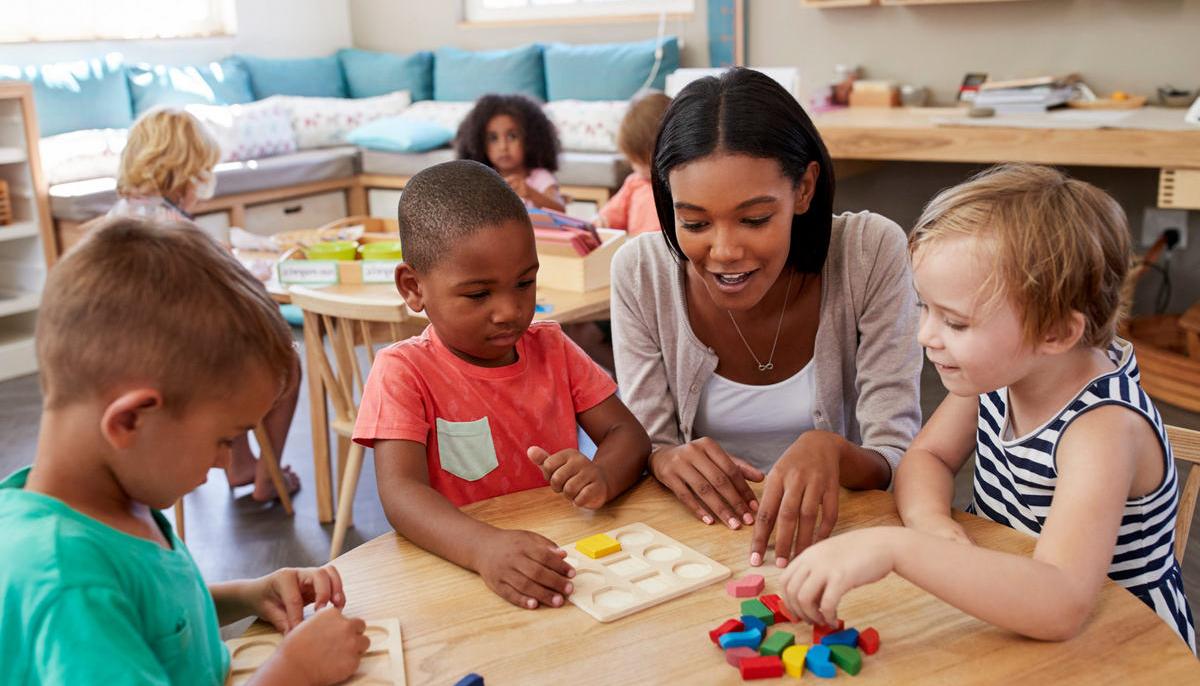Social communication disorder is characterized by difficulties in using and processing spoken language and non-verbal communication adequately. This includes deficiencies at the level of social interaction - the ability to perceive, interpret and respond adequately to the emotions and behaviors of those around. Specifically, the child faces obstacles in understanding the social norms of conversation, the exchange of lines, maintaining a topic, may use language inappropriate to the social context or may have difficulties in understanding and using non-verbal cues, such as gestures and facial expressions.
How does social communication disorder manifest itself?
Depending on the age of the child and the severity of the disorder , poor social communication can include and can manifest itself in the form(s) of:
- Reduced verbal flow (a slow rate of speech with long pauses)
- Reduced vocabulary (both in terms of number of words and in terms of identifying words suitable for a certain context, frequent use of simple, repetitive words and expressions and problems in understanding the figurative meaning of the word)
- Difficulty in learning and owning new words
- Vocabulary errors
- Short sentences, simplified grammatical structures
- Omissions of decisive parts of sentences and others.
The child facing social communication disorder has difficulties in:
- Using communication for social purposes - initiating a conversation with another child in the park, greeting a neighbor with whom he meets frequently, engaging in a question-answer conversation.
- The use of tone and communication styles in the right contexts and depending on the partner - in one way you speak in the classroom, in another way at the playground, how you speak with another child playing partner and how talk to an adult.
- Respecting the rules accepted in a conversation, for example to wait for an answer after asking a question, to maintain a dialogue or to reformulate when it is misunderstood.
- The use of smiles, gestures, facial expressions and other non-verbal and para-verbal elements (tonality, intonation, rhythm, etc.) to support the verbal discourse, which communicates through language.
- Telling and understanding stories or recounting events.
- Understanding humor, irony according to age (we can't expect a 2-year-old child to understand irony or sarcasm), but a schoolboy, yes).
- Understanding information that was not communicated explicitly
- Maintaining eye contact.
- Expressing one's own emotions and understanding the emotions of others.
Selective mutism versus communication disorder
Selective mutism is an anxiety disorder that refers to the persistent inability to speak in some social contexts, although the child knows how to speak. Children with selective mutism can speak fluently at home with their family, but remain silent at school, in the park or in other social environments. Likewise, the child's inability to speak is NOT caused by a limited vocabulary or misunderstanding of the language.
Remember that the diagnosis of selective mutism does NOT apply to children who cannot or do not want to use the official language of a country they have recently moved to.
Both selective mutism and social communication disorder involve communication difficulties, negatively influence the child's school results and require the intervention of a specialist (psychotherapist, speech therapist, etc.).
Social communication disorder is associated with language delay, while selective mutism is linked to a severe form of child anxiety.
Causes and risk factors of social communication disorder
The social communication disorder does NOT have a known cause, but it can be present together with other disorders, such as delayed language development, ADHD . Children under the age of 3 have a higher incidence of language delays, and their prevalence decreases as they approach school age.
At the same time, children who have a family history of autism, other types of communication disorders or learning disorders present a greater risk of facing a social communication disorder.
Diagnosis and treatment of social communication disorder in children
The diagnosis of social communication disorder is made by a mental health specialist who has expertise in the area of communication and development disorders in children . This can be a specialist in pediatric psychiatry, a clinical psychologist or a professional speech therapist.
Considering the fact that the social communication disorder is associated with other problems (attention deficit hyperactivity disorder, learning disorders, etc.) and shows multiple similarities with the manifestations of autism spectrum disorders, from case to case, in order to obtain a definite diagnosis and for the right therapeutic intervention, collaboration between a pediatric psychiatrist, a pediatric neurologist, a clinical psychologist, a speech therapist, and a behavioral psychotherapist is necessary.
As a rule, the diagnosis of social communication disorder takes place after the age of 4-5 years, the age at which the youngest is expected to be verbal and sufficiently developed to understand social contexts.
The therapeutic approach to social communication disorder in children also has a multidisciplinary character, and may include:
- Speech therapy that will support the child's verbal expression skills, helping him improve his speech fluency.
- Behavioral therapy - aims to correct behaviors that negatively influence social communication.
- Occupational therapy - focuses on the development of the child's abilities to interact with those around him through specific games and activities.
- Psychotherapy is useful as support in managing emotions and resolving conflicts.
Social communication disorder is a relatively new diagnosis, being included in the 5th edition of the Manual of diagnosis and statistical classification of mental disorders from the year 2013. If you notice signs of this disorder in your child, discuss more with the pediatrician who will refer to an evaluation by another specialist, a speech therapist for example. Therapeutic intervention as early as possible makes a substantial difference in the child's ability to communicate.







